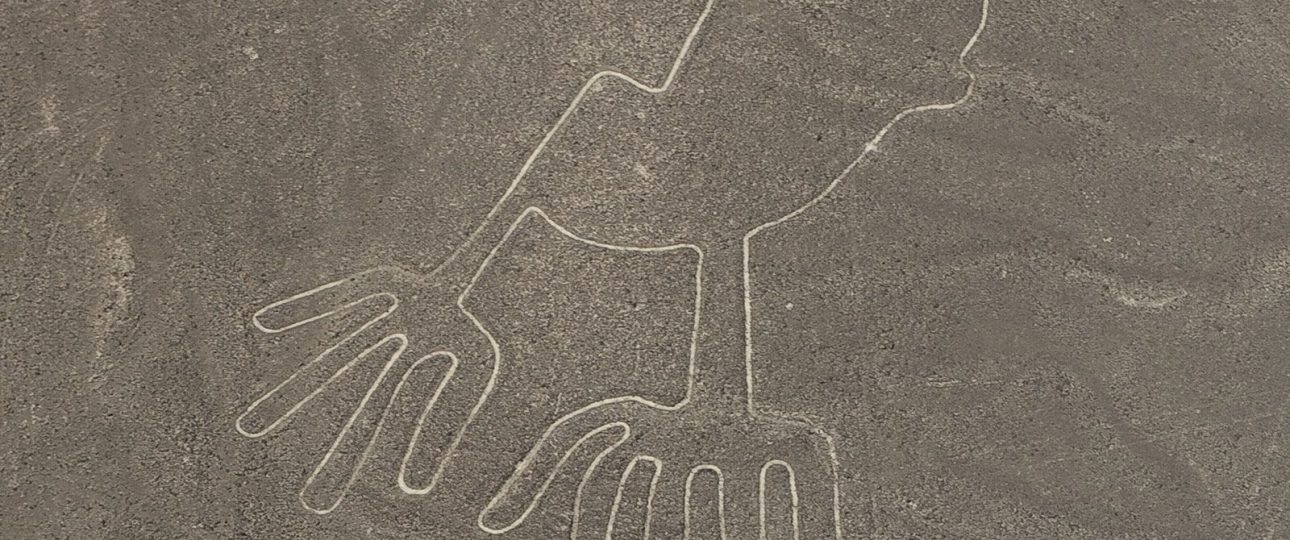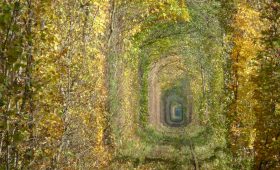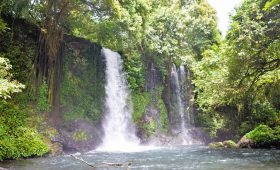Nazca Lines, Peru: Discovering the Enigmatic Geoglyphs
The Origins of the Nazca Lines
The Nazca Lines, located in the arid Nazca Desert of Peru, are a series of ancient geoglyphs created by the Nazca civilization. This society thrived from around 100 BCE to 750 CE, with its influence stretching across a significant portion of southern Peru. The geoglyphs were crafted by removing dark surface pebbles to expose the lighter ground beneath. While the exact purpose of these figures remains debated, they are believed to have had religious or astronomical significance.
Exploring the Geoglyphs
Visitors to the Nazca Desert can witness a variety of geoglyphs, from simple lines to intricate depictions of animals and plants. Notable figures include the hummingbird, spider, and monkey. Each design showcases the artistic and engineering skills of the Nazca people. The geoglyphs are best viewed from the air, offering a unique perspective on these ancient creations.
Best Time to Visit
The ideal time to explore the Nazca Lines is during the dry season, from May to September. During these months, the weather is generally clear, providing optimal visibility for viewing the geoglyphs from observation towers or during a flight.
Getting There
Most travelers begin their journey to the Nazca Lines by flying into Lima, Peru’s capital. From Lima, you can either take a domestic flight to a nearby airport or opt for a long-distance bus ride to Nazca, which takes about 7-8 hours. The bus journey offers a chance to see more of Peru’s diverse landscapes.
Local Transportation
Upon arriving in Nazca, booking a guided tour is the most effective way to explore the geoglyphs. Tours typically include transportation to observation points or the airport for a scenic flight over the lines. It’s crucial to respect the preservation efforts by not walking on the geoglyphs themselves.
Historical Context and Discoveries
The Nazca civilization’s legacy extends beyond the geoglyphs. They were also known for their advanced irrigation systems, known as puquios, which are still in use today. The Nazca Lines were first spotted in the 1920s by pilots flying over the desert. Archaeologist Paul Kosok later studied these lines in the 1930s, leading to increased interest and research into their origins and purpose.
While the town of Nazca itself may not offer much in terms of attractions, its proximity to the geoglyphs and the remnants of the ancient Nazca culture make it a worthwhile stop for those interested in history and archaeology.




